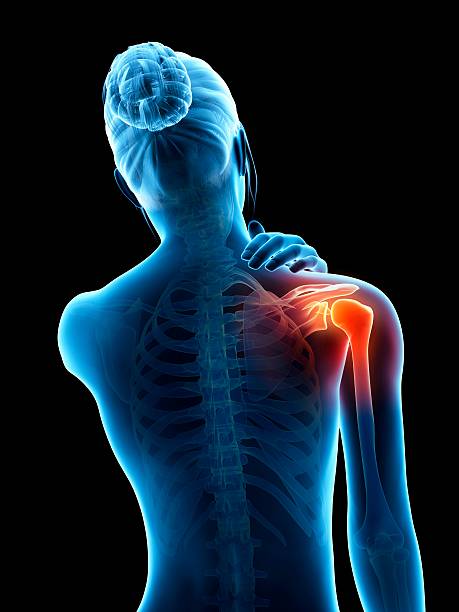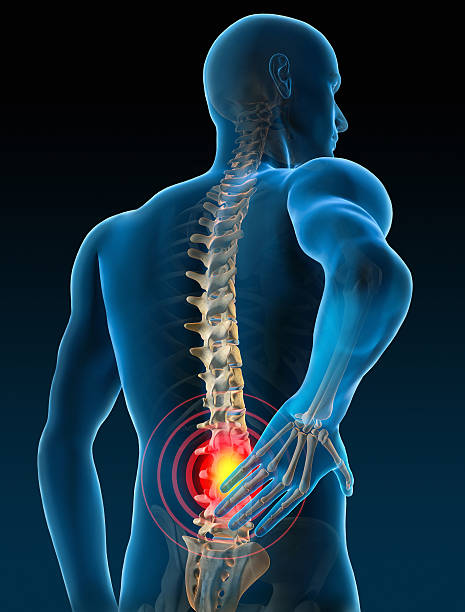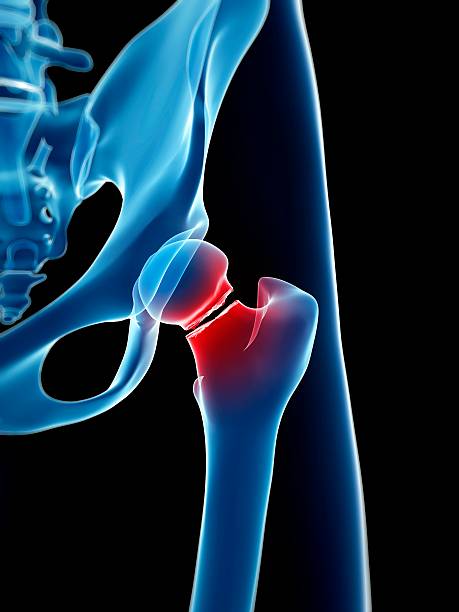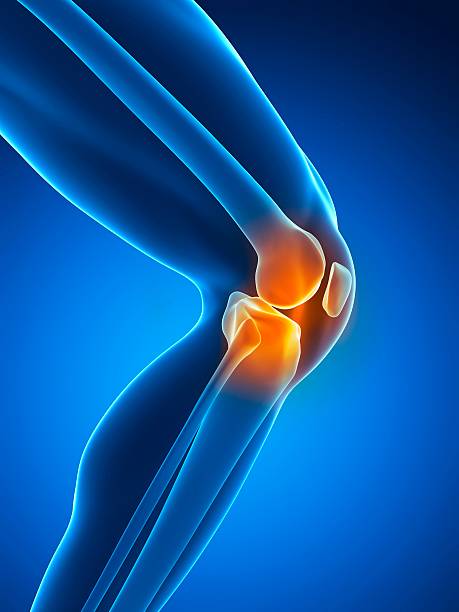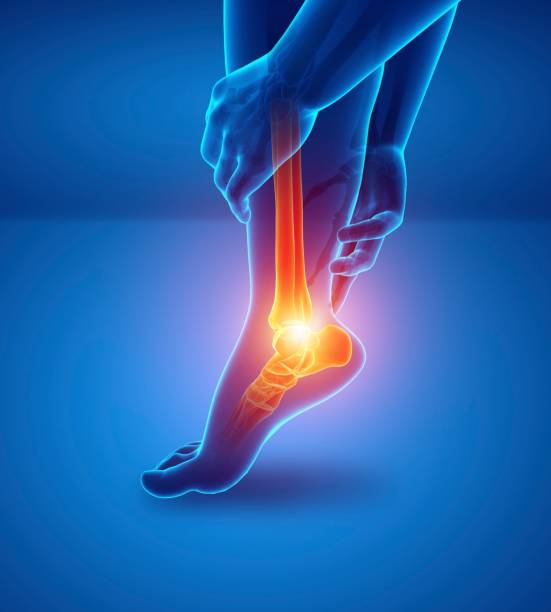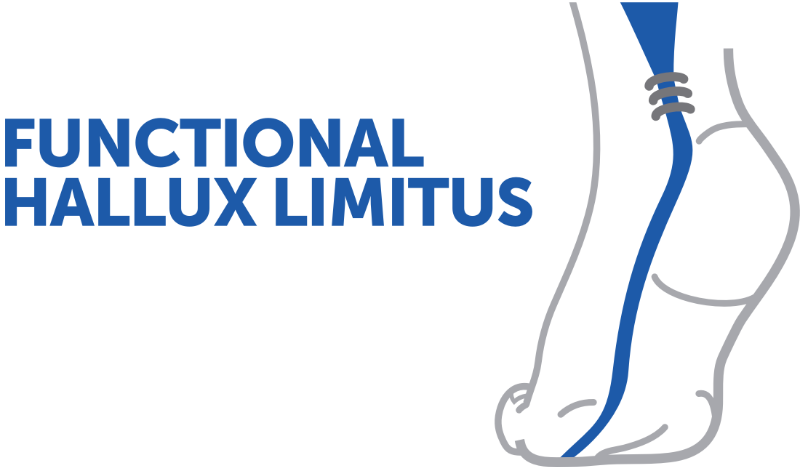Understanding and Treating Meniscus Injuries
This specialized presentation discusses the evolution of meniscus injury treatments, emphasizing the importance of repair over resection. It details the different types of injuries (capsulomeniscal, horizontal, root) and their relationship to the anterior cruciate ligament. The goal is to preserve meniscal capital to prevent osteoarthritis and promote a return to sport.
Doctors
Topics
Treatments
Advice
- Dr. Eric Choudja Ouabo
- Evolution of meniscus surgery
- Functional anatomy
- Types of meniscal injuries
- Meniscus-ACL link
- Surgical indications
- Meniscal repair
- Suture
- Menisectomy
- Infiltration
- Preserving the meniscus reduces the risk of osteoarthritis
- Repairing root damage is crucial
- Exploring the posterior segments in knee surgery
Information
Video type:
Anatomy:
Surgery:
Thematic:
From resection to preservation: evolution of concepts
The history of meniscal surgery has seen a major shift: systematic resection has gradually given way to preservation strategies. The meniscus does more than just cushion; it optimizes contact, stabilizes the knee, and contributes to proprioception. Its removal increases stress by more than 200 %, with documented degenerative repercussions.
The question is no longer "to remove or not", but "where, what and how to repair" when the tissue is repairable, and "when to abstain" when the lesion is degenerative and not very symptomatic.
Typology of lesions and links with the ACL
Relevant injuries include posterior capsulo-meniscal detachment (ramp), horizontal cleavage in young athletes, and root tears. Their biomechanical impact depends on the central pivot. In a knee with a torn ACL, tibial translation is increased, and a ramp injury may go unnoticed if posterior exploration is not systematic. A root injury interrupts the ring and is functionally equivalent to a total menisectomy if it is not refixed.
Correctly identifying the lesion determines the indication and the result.
We went from the concept of “if it's torn, take it out” to the concept of “safe the meniscus”.
Dedicated exploration and repair techniques
Exploration of the posterior segments via the posteromedial or posterolateral approaches reveals lesions not visible anteriorly. Hook techniques, all-inside, inside-out, and outside-in sutures are selected according to the topography. The objective is constant: to reduce, stabilize, and restore annular continuity to regain normal kinematics.
Respect for the vascular and nervous structures and careful positioning of the knee are essential for the safety of the procedure.
Conservative treatment: a place of choice in degenerative diseases
In degenerative lesions, surgical abstention coupled with infiltrations and adapted insoles resolves the majority of cases and makes it possible to avoid surgery. The indication for surgery is discussed in the face of persistent mechanical pain, instability or loss of annular function.
This prioritization of treatments protects the cartilage without depriving the patient of the benefits of repair when it is truly necessary.
A root injury is like having no meniscus at all.
Preserving biomechanics to protect the graft and cartilage
Repairing a ramp lesion reduces anterior tibial translation and stabilizes the knee. Reattachment of a root restores the load ring, reducing contact pressures. These procedures improve biomechanical conditions, protect a potential ACL graft, and promote a healthy return to sport.
The quality of the result depends on the precision of the indication and the technical execution.
Patient perspective: repair when necessary, abstain when possible
The direction is clear: prioritize function. Many degenerative lesions resolve with well-conducted conservative treatment. When the lesion is unstable or compromises the annulus, targeted repair offers better long-term results than resection.
Informing the patient, objectifying the mechanics, and then choosing the most protective option for the cartilage constitute the guidelines for management.
Pathologies treated at the center
Hallux Limitus
Functional
Your pain has a cause.The balance sheet allows us to understand it.
- Gait analysis
- Posture Assessment
- Guidance on the right treatment
- Study of plantar supports and supports
- Detection of compensations
- Pain–movement correlation
The functional assessment allows us to understand how a joint or postural imbalance can trigger or perpetuate pain. Very often, imaging is normal, but movement is disturbed. By analyzing gait, weight-bearing patterns, or posture, we identify the weak links in the chain and guide targeted treatment adapted to the patient's actual mechanics.


